The power of Internet of Things (IoT) technology is set to control the future, transcending its current limitations and spreading out to automobiles and even more home appliances.
This trend has been reinforced at this year’s Consumer Electronics Show (CES), as IoT was this year’s ultimate theme. Reflecting its importance, carmakers from around the world showcased their futuristic concept cars here, at the annual electronics show, not at an international motor show, moving automobiles one step closer to being electronics products.
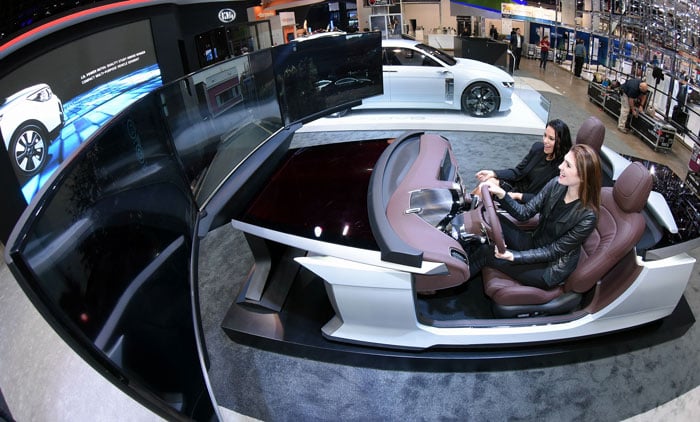
Visitors to the Kia Motors booth at CES 2016 try out some new autonomous driving technology. Kia unveiled its newly-developed autonomous driving technology at this year’s CES, which it aims to commercialize by 2030.
Autonomous driving technologies are one of the main examples showing the way in which cars are no longer just tools for getting around but have become a part of the “things” that are connected by the Internet, thanks to IoT tech.
At CES, Kia Motors Corporation introduced its new autonomous driving technology called an “Advanced Driver Assistance System” (ADAS). The company hopes to complete the development and commercialization of the new feature by 2030. Kia also unveiled its electric vehicle, the Soul, with both existing and future auto driving technologies, including lane departure warnings, lane keeping assists, autonomous emergency braking, autonomous parking systems, highway autonomous driving systems and traffic jam assist systems. Kia also offered visitors a chance to try out the autonomous driving tech at its virtual reality booth.
Another new product on the market this year at CES is smart home appliances connected with the IoT. Samsung Electronics’ so-called “Family Hub Refrigerator” enables users to check on expiry dates of the food stored in the fridge and such records can be checked from a touch screen on the fridge door. Users can check fridge contents on their smartphones. Thanks to specialized apps, they can also receive information about recipes or desirable time tables for storing food, or even do some online grocery shopping.
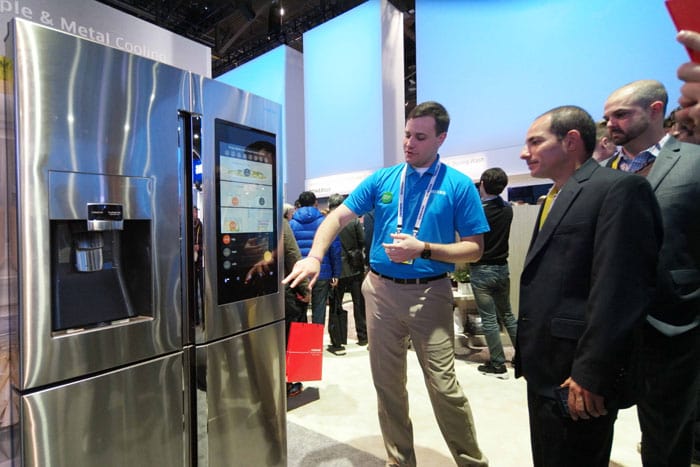
Samsung’s Family Hub Refrigerator allows users to check the temperature, humidity and expiry dates of their food. They can also check what’s inside the fridge using their smartphones.
Regarding TVs, electronics makers introduced some new products made with OLED panels and high dynamic range (HDR) technologies. HDR tech is a key factor that defines the quality of a TV, along with other factors such as resolution and color gamut. In the past, the number of pixels defined the quality of a picture on a TV. With HDR TVs, however, they can express “light” colors more “lightly” and “dark” colors more “darkly,” giving off a richer picture with the same number of pixels. Samsung revealed its new lineup of “SUHD” TVs with “quantum dot displays,” and the Smart Hub TVs that allow users to enjoy multiple sources of content through one remote control.
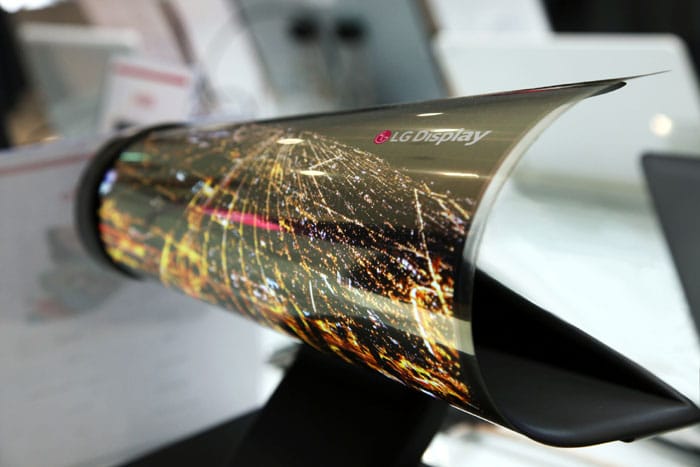
LG Display discloses the world’s first 18-inch (46-centimeter) rollable OLED screen at CES 2016.
LG Electronics uncovered its new “Super UHD” TV lineup, in which HDR technology is applied to standard OLED panels. LG also began to apply HDR technology to its LCD TVs starting this year. In the past, the company only applied HDR technology to some select, high-quality OLED TVs.
Its display sector showcased the world’s first 30R 18-inch (46-centimeter) rollable screen that can be rolled up into a tube with a 30-millimeter diameter. The firm also presented a paper-thin 55-inch (140-centimeter) OLED TV, and a 65-inch (165-centimeter) concave or convex OLED TVs.
By Yoon Sojung
Korea.net Staff Writer
arete@korea.kr
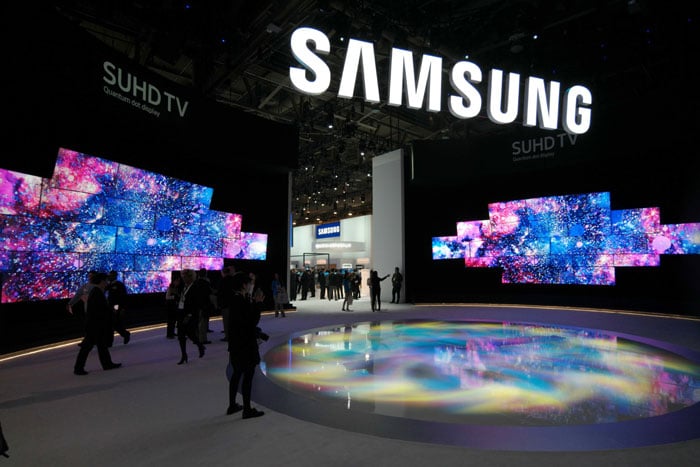
Samsung showcases new TVs with HDR technology at CES 2016. Samsung’s booth there is decorated with a large installation made of 44-inch (112-centimeter) HDR TVs.
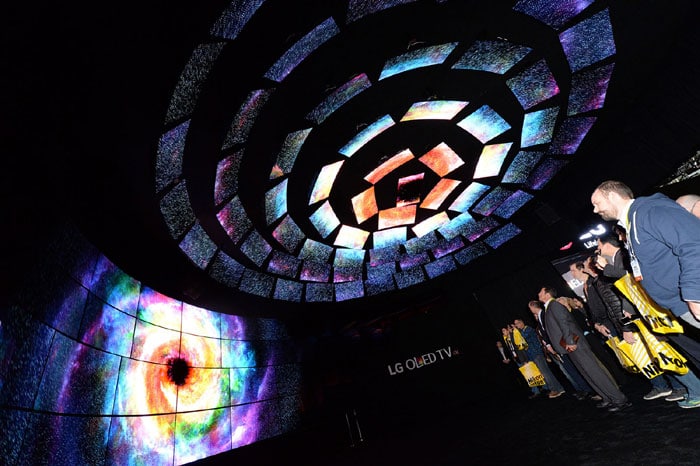
Visitors to LG’s CES booth observe the large ultra OLED TV screens that use HDR technology.























